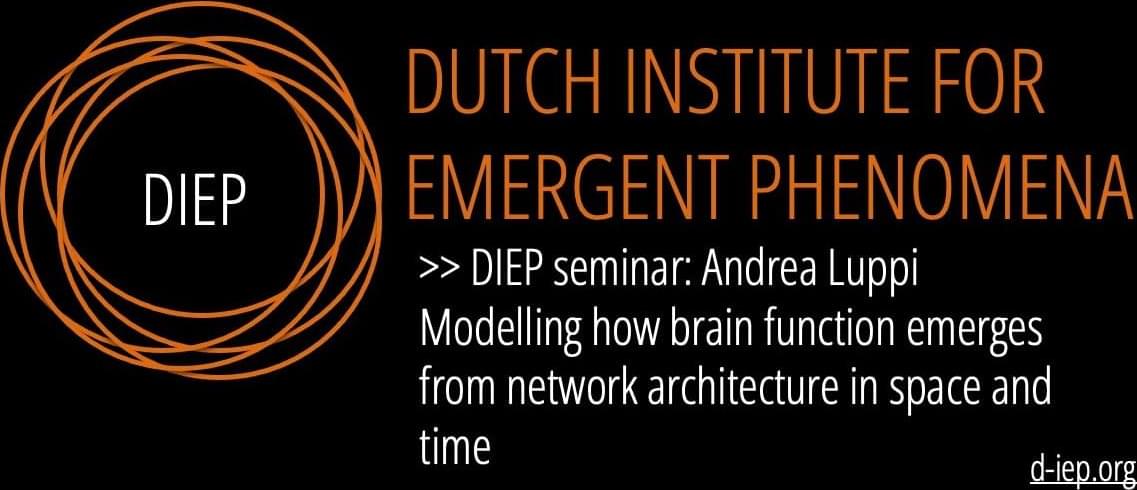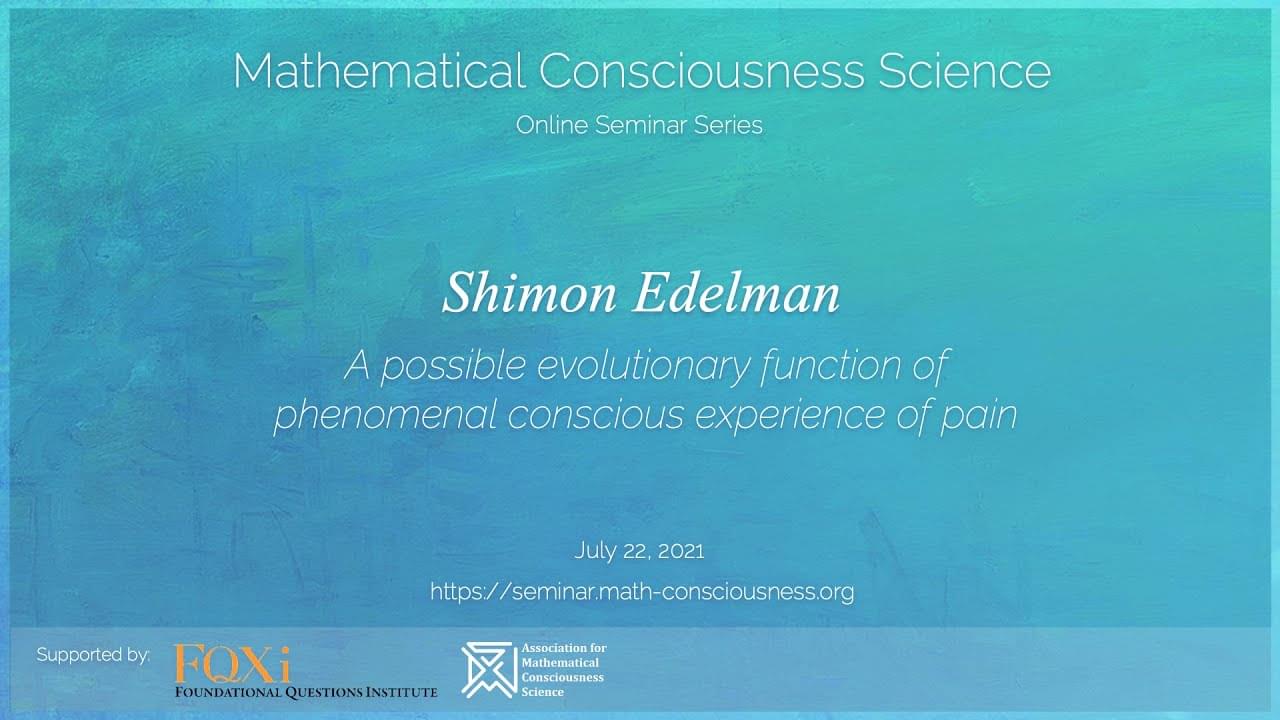Oct 10, 2024
Breakthrough from REMspace: First Ever Communication Between People in Dreams
Posted by Brent Ellman in categories: business, neuroscience
REDWOOD CITY, Calif.—(BUSINESS WIRE)—Researchers at REMspace, a California-based startup, have achieved a historic milestone, demonstrating that lucid dreams could unlock new dimensions of communication and humanity’s potential. Using specially designed equipment, two individuals successfully induced lucid dreams and exchanged a simple message.
Watch the experiment here.
Lucid dreams occur when a person is aware they are dreaming while still in the dream state. This phenomenon happens during REM sleep and has numerous potential applications, from solving physiological problems to learning new skills. In earlier research, REMspace demonstrated that facial electromyography sensors could decode specific sounds made in dreams. This led to the development of Remmyo, a dream language detectable through sensitive sensors.


















